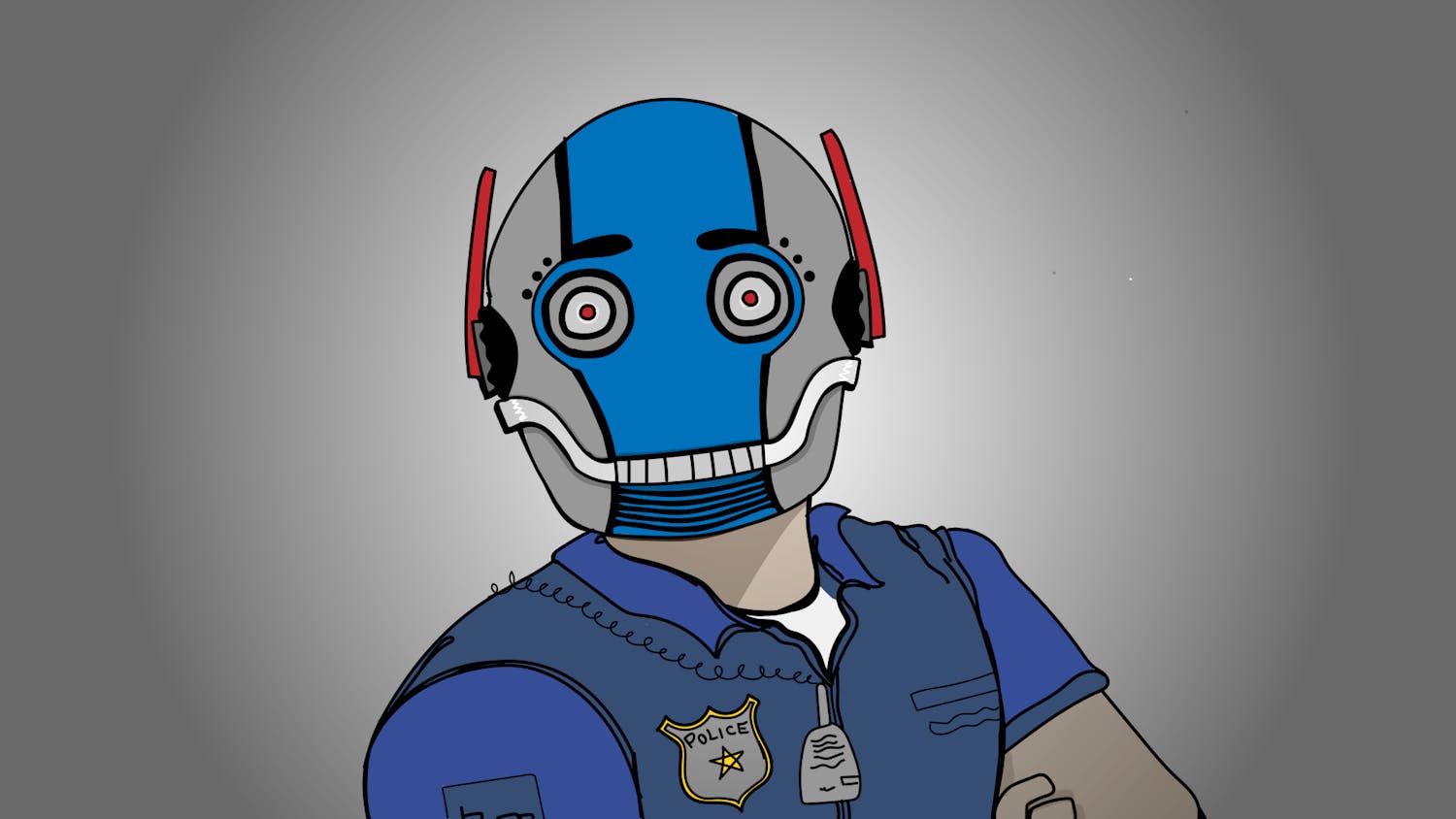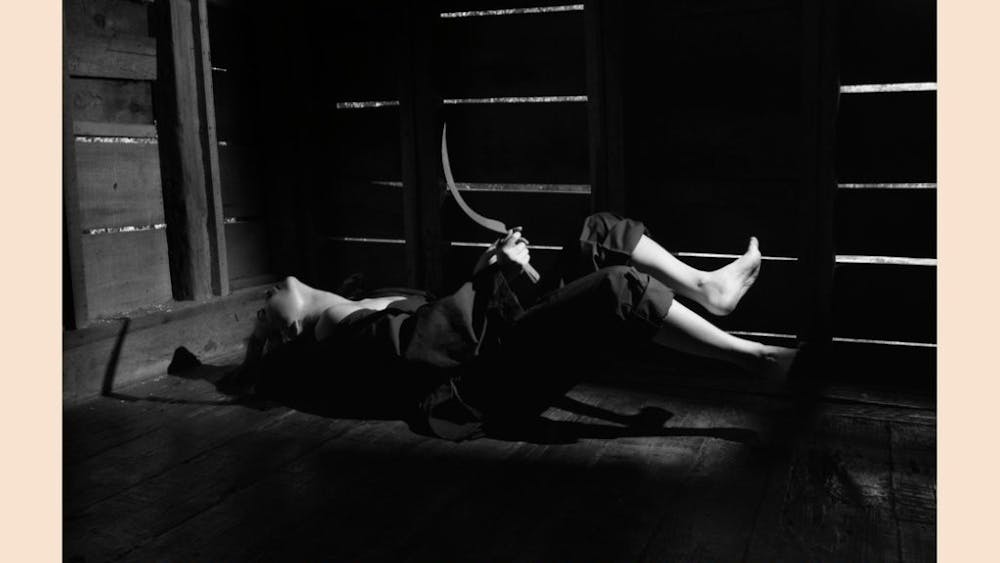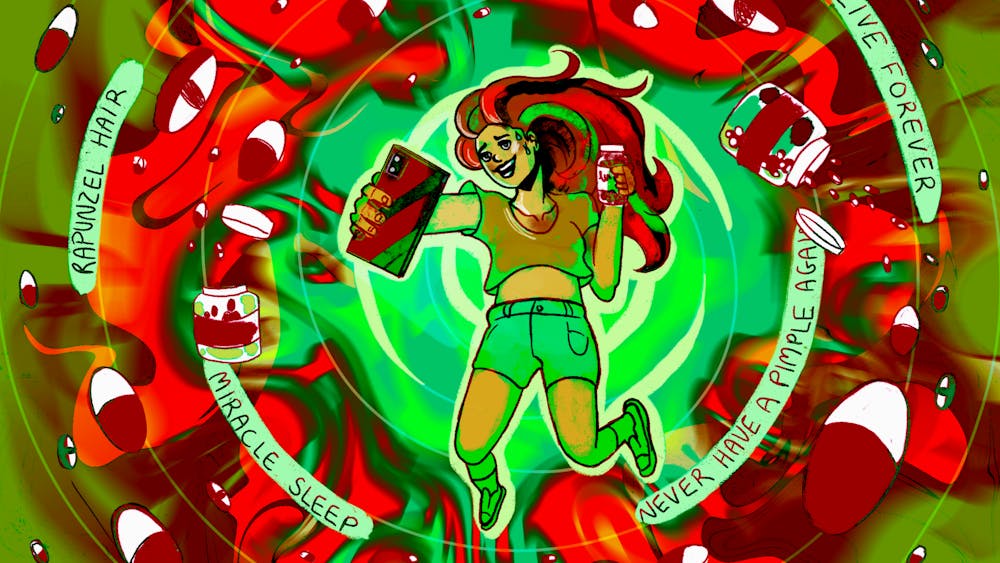Sociologists at the City University of New York just released a study that examined the anatomy of the Occupy Wall Street movement — and it’s not what we saw on the news.
OWS was not populist. It was not spontaneous. It did not operate under a strict “horizontalism.” It was not multicultural — unless multicultural means rejecting everything about American culture.
Mostly, the movement was manufactured by seasoned radicals and made up of rich white guys with advanced degrees.
Among the actively involved OWS members, 67 percent were white. 80 percent held a bachelor’s degree or higher and 37 percent had a household income of $100,000 or more.
Among the employed protesters — shockingly, about 90 percent of participants were employed — 71 percent held professional occupations, including the 14 percent who worked in academia. Only 8 percent of working participants could be described as “blue collar.”
In short, while it’s true many protesters were in debt, the CUNY study illustrates that “the 99 percent may have been a little above-average,” as Matt Pearce wrote in the Los Angeles Times.
The report also emphasized the fact that the Occupy movement was not the organic, “spontaneous eruption” the media portrayed it as, “but rather an action carefully planned by committed activists,” namely “older veterans of the anti-corporate globalization protests and other late 20th and early 21st century social movements.”
Despite the protesters’ insistence that Occupy operated under a strict “horizontalism,” there in fact existed a vertical hierarchy, at the top of which sat seasoned globalist radicals long committed to crippling the American economy.
The authors noted that “although veteran activists were instrumental in planning the occupations, they also attracted numerous other participants who had little or no previous experience with political protest.
Many of these individuals were deeply radicalized by their participation in Occupy and will likely continue on a life path that includes some type of progressive political activism.”
OWS, then, was a sort of coming of age for a new generation of leftist radicals, carefully constructed by their older counterparts.
As our campus is not immune to the disruptions of radical protesters, I think more questions arise for the students planning the system-wide IU strikes in April in light of the CUNY survey findings:
First: How many of those currently organizing the IU strike were involved in OWS?
Second: Will the strikers employ similar tactics that OWS used? (As you may recall, some of the Occupiers were dirty and disruptive, using drugs and committing rape. Students have a right to reject such behavior on our campus.)
Third: Most significantly, when the April strikes fail to accomplish anything meaningful, as did the Occupy movement, when will the next protest take place?
— arcarlis@indiana.edu
From Occupy Wall Street to IU strikes
Get stories like this in your inbox
Subscribe





